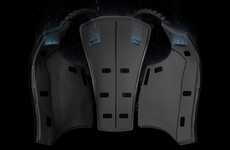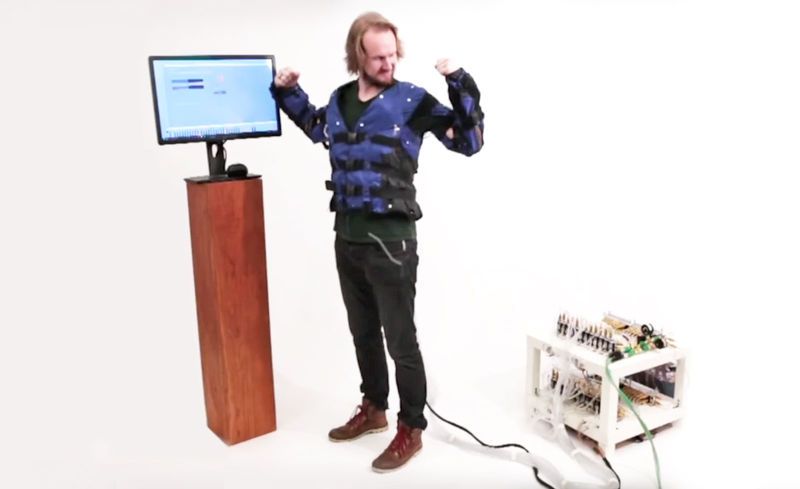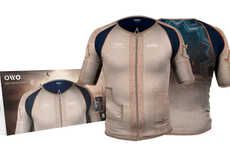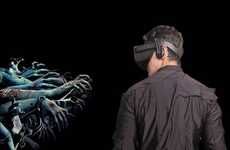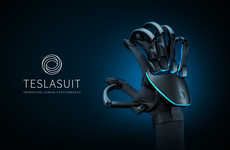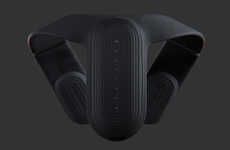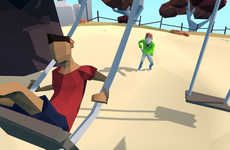
Disney's Force Jacket Aims to Make VR and AR More Realistic
Justin Lam — April 30, 2018 — Tech
Haptic feedback seems to be the next frontier in immersive gaming and Disney is hoping to lead the charge with its Force Jacket prototype. Developed by Disney Research, MIT Media Lab and Carnegie Mellon University, this new conceptual haptic jacket is meant to stimulate physical experiences from video games. Currently, AR and VR feedback comes in the form of vibrations of a handheld device, but the Force Jacket aims to provide a full-body sensation through an array of airbags along the jacket. The airbags also feature a range of sensors that direct force and vibrations to certain parts of the body.
The sensations created by the airbags are currently controlled by a haptic effects software editor. The editor can allow for a range of effects, which include: a racing heartbeat, light or heavy rain, snowball hit to the chest, a hand tap on the shoulder, slime dripping on your back, a bug crawling up your arm and motorcycle vibrations.
The sensations created by the airbags are currently controlled by a haptic effects software editor. The editor can allow for a range of effects, which include: a racing heartbeat, light or heavy rain, snowball hit to the chest, a hand tap on the shoulder, slime dripping on your back, a bug crawling up your arm and motorcycle vibrations.
Trend Themes
1. Haptic Feedback Gaming - Opportunity to create immersive gaming experiences by incorporating haptic feedback technology into video games.
2. Full-body Sensation - Potential for creating realistic virtual and augmented reality experiences by providing haptic feedback sensations throughout the entire body.
3. Customizable Haptic Effects - A chance to enhance user experiences by developing haptic effects editing software that allows for a wide range of customizable sensations.
Industry Implications
1. Video Gaming - Opportunity for video game developers to incorporate haptic feedback technology to create more immersive and engaging gaming experiences.
2. Virtual Reality - Potential for virtual reality developers to enhance the realistic feel of virtual worlds by integrating haptic feedback technology.
3. Augmented Reality - Chance for augmented reality developers to provide users with physical sensations and enhance the AR experience through haptic feedback technology.
0.7
Score
Popularity
Activity
Freshness





